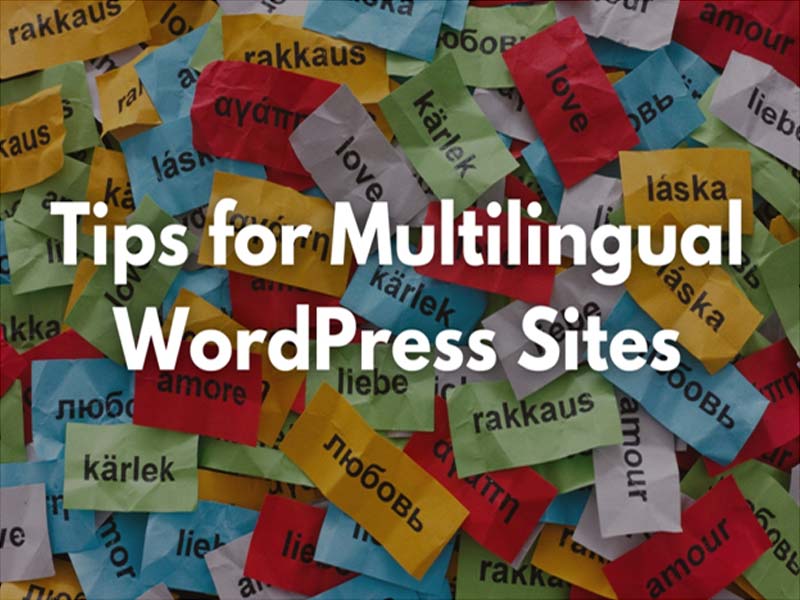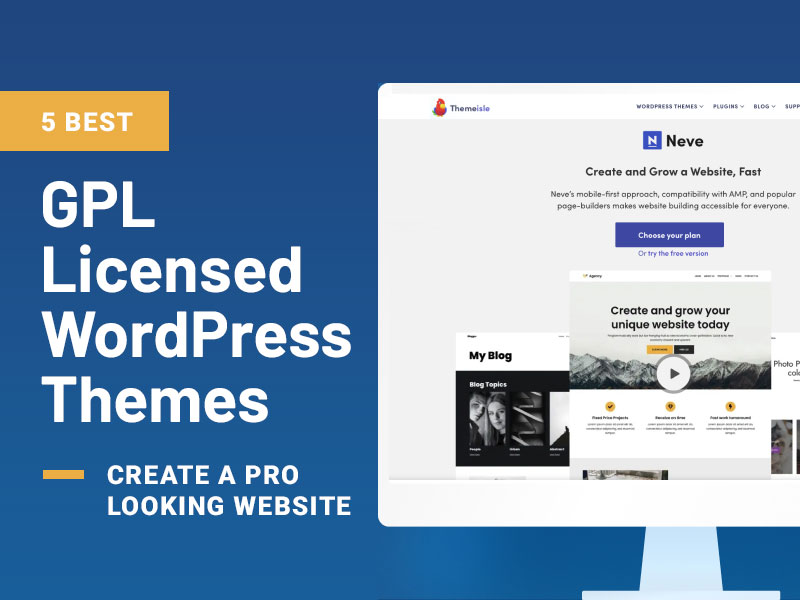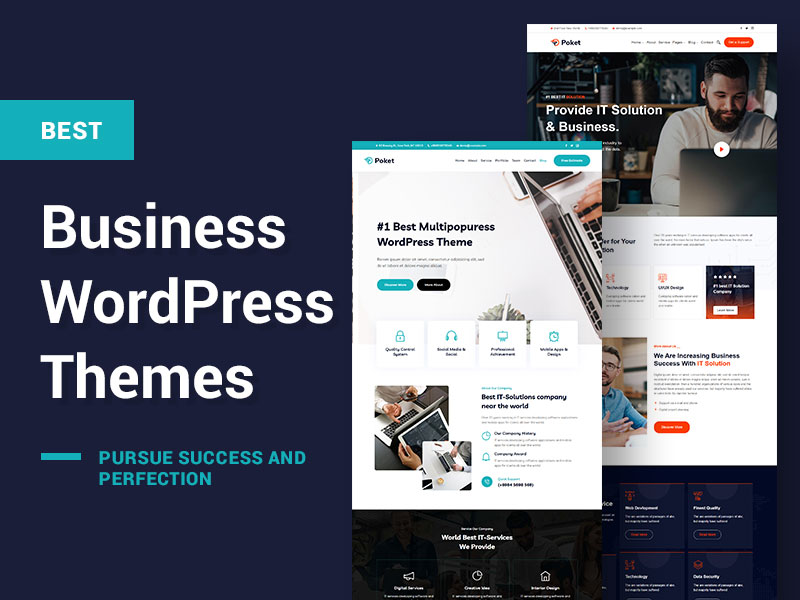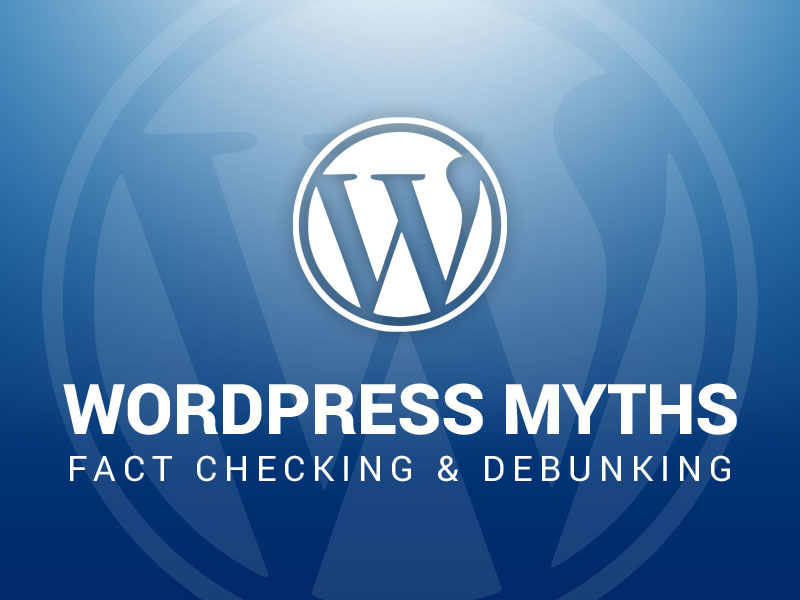Welcome to the world of WordPress, where the power of language can transform your site from a local hangout to a global meeting spot. Think about it: when you go multilingual, your words travel further, your content connects with more hearts, and your message resonates across the globe.
It’s not just about reaching a wider audience; it’s about offering an experience that’s as rich and varied as the cultures your site touches. So, let’s dive in to enhance your global reach with a WordPress site that speaks everyone’s language.
The Power of Multilingual SEO
Imagine walking into a room where everyone understands each other, despite speaking different languages. That’s what multilingual SEO does for your site—it breaks down language barriers so your content can show up in search results around the world. With the right setup, like Hreflang tags, you’re telling search engines, “Hey, I’ve got something for everyone“, which is pretty neat.
Key Concepts in Multilingual SEO
Hreflang tags are like your site’s passport, apprising Google which country and language your content is aiming for. They’re critical for a multilingual site because they assist in eschewing confusion when analogous content materializes in different languages. Deem them as the imperceptible tour guides that shepherd users to the opposite language page.
Selecting Multilingual Plugins for WordPress
The Battle of Plugins: Free vs. Premium
The Battle of Plugins: Free vs. Premium
When it comes to choosing plugins, it’s like picking your favorite ice cream flavor—there are so many good ones, but which is right for you? Free plugins can be tempting (who doesn’t love free stuff?), but they might not have all the features you need. Premium plugins, on the other hand, are like that deluxe sundae; they’ve got all the toppings you want but come with a price tag.
WPML vs. TranslatePress
WPML is the grandmaster of translation plugins, offering robust options and support. TranslatePress, however, is the new kid on the block, making automatic translations easier than ever. Both have their strengths, so it’s about finding the one that fits your site’s vibe.
For those who need a little extra help managing the diverse aspects of their multilingual WordPress site, WordPress management services can provide valuable support and resources.
Design Considerations for Multilingual Sites
Crafting a User-Friendly Experience
A superb design is like a good host at a party—it makes everyone feel welcome. When designing your multilingual site, think about navigation. Make it effortless for visitors to toggle languages with an undemanding click. And don’t forget about those who read from right to left; they need love, too.
Language Switcher
A language switcher is more than just a tool; it’s your site’s way of saying, “Hello, nice to meet you“, in every language. Place it where it’s easy to find and make sure it’s clear and intuitive to use. It’s all about making that first impression count.
Cultural Nuances
Translating your site isn’t just about words; it’s about capturing the essence of a culture. It’s the difference between offering a handshake and a warm embrace. Pay attention to cultural differences, from colors to images, to ensure your site is not just multilingual but also multicultural.
SEO Strategies for Multilingual Sites
Mastering the Art of Multilingual Keywords
Keywords planner are the breadcrumbs that lead users to your site. In a multilingual setting, you need to think about the flavors of these breadcrumbs. What words would a French speaker use to find your content? What about a Spanish speaker? Dive into keyword variations and serve up the right ones for each language.
Duplicate Content
Duplicate content can scare off search engines, but with a multilingual site, it’s a bit tricky. You want to show that your translated content is a twin, not a clone. Proper use of canonical tags and a clear url structure can help you avoid the duplicate content penalty.
Like mythical villains, duplicate content lurks, shrouding your site in mystery. Outsmart it by illuminating connections across languages. Reveal the roots that bind translations together, that search engines may recognize their shared essence.
URL Structure
Your url structure is the skeleton of your site’s multilingual body. It needs to be strong and clear. Whether you go for a subdirectory or a separate domain for each language, make sure it makes sense to both users and search engines.
URLs are the highways leading seekers to understanding. Construct them with care, aligning language and destination. Let logic and intuition guide visitors’ journey, that all may arrive at the knowledge they seek.
Metadata Optimization
Let’s not forget the behind-the-scenes star of SEO: metadata. It’s like the spices in a dish that you don’t see but totally change the game. Each language page needs its own meta tags, meta descriptions, and even alt text for images. This tells search engines exactly what’s on the plate, in every language. It’s a bit of extra work, but it’s what makes your multilingual site stand out in the crowded online world.
Like hidden chefs, meta data secretly seasons your site, enhancing flavors sought by search engines. Do not neglect their silent labor. Make their work precise yet soulful, that each language page may distinguish itself while complementing the whole.
The Challenges of Multilingual Content Creation
Professional vs. Automatic Translation
When you’re filling your site with content, you’ve got options. Do you go with a professional translator who can capture the subtle flavors of the language, or do you opt for the speed and convenience of automatic translation? It’s a tough call. Professional translations are like that home-cooked meal; they take time but are usually worth it. Automatic translations, though, are like fast food; they’re quick and can be pretty good, but sometimes you get a weird-tasting burger.
Translation requires both artistry and expedience. Professional linguists distill essence from words with patience. Automated tools work quickly but may miss the mark. Balance your approach – when quality matters most, call on human expertise. When speed is prime, let programs progress. Together they can nourish your multilingual mission.
Keeping Up With New Languages
The thing about a multilingual site is it’s always evolving. Adding new languages is like inviting more people to your party. It’s exciting, but it also means you need to be ready to accommodate everyone. So, when you add a new language, don’t just throw it in the mix; give it the welcome it deserves, with full translation and SEO treatment.
Language is a living gift, ever-growing. As your site expands, tend carefully to each new sprout. Give time for meanings to take root, making all feel welcomed and understood. Though laborious at times, this process of cultivation will nourish diversity, which nourishes us all.
Tools and Resources for Multilingual Sites
Weglot and Other Helpers
Now, about those tools that facilitate your life. Weglot, for instance, is like having a multilingual Swiss Army knife in your pocket. It assists you in translating, administering, and even augmenting your SEO. There are other tools, too, each with its own ingenious features. It’s all about ascertaining the ones that resonate best with your site.
On this journey, you need not saunter alone. Many proffer their skills to palliate the way, from formidable wizards to simple interpreters. Determine which tools reverberate best with your quest. Amalgamate their gifts as one would melodies in a chord, creating something richer together than apart.
Learning as You Go
The best part about working with WordPress and multilingual sites is that you’re never finished learning. There are always new plugins, new strategies, and new languages to explore. It’s an odyssey, and there are copious resources to assist you along the way, from online communities to tutorials and guides.
Though the path is long, delight in each step. Let curiosity be your compass, guiding you to new discoveries every day. When misplaced, seek sagacity from fellow travelers. When weary, rest in the shade of knowledge shared. On this road, we saunter together, learning as one global community.
Related: How to Build Multilingual Landing Pages
Conclusion
In conclusion, going multilingual with your WordPress site takes effort, but it is absolutely worthwhile. By implementing translation plugins, configuring your SEO properly, optimizing metadata, and paying attention to design, you can transform your site into a truly global community. Adding new languages and cultures expands your ability to connect with people worldwide.
While professional translation provides the highest quality, automatic services can also work when speed is paramount. With the multitude of tools and resources available, you don’t have to navigate the multilingual landscape alone. There will always be more to learn, but engaging with the WordPress community will provide support and inspiration along the way.
So take the first step and start speaking the languages your audience speaks. The world is listening.







